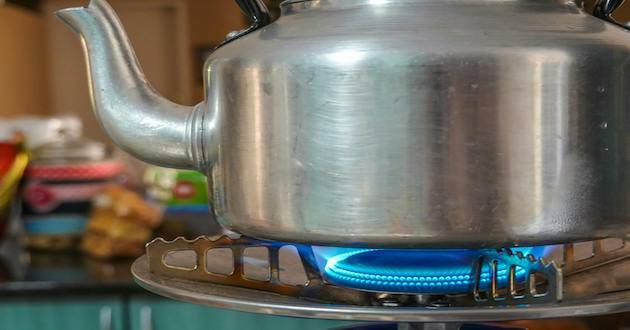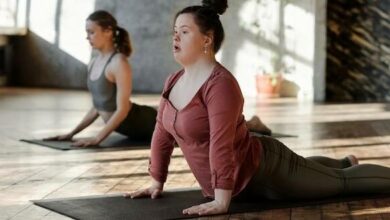Signs That It’s Time for a Senior to Move to Assisted Living

Few people are keen on moving from their homes to senior living communities. However, in some cases, this move is the best option for keeping an aging loved one safe and mentally and physical healthy.
So, when is the right time to consider this move? Timing a transition to senior living can be tricky because it is highly personalized. It depends on how well your loved one is faring in their current home, their present health status, and their future medical and personal needs.
The following questions can help you determine if an aging loved one may be a candidate for assisted living:
- Is the senior eating healthy, balanced meals regularly?
- Is there fresh, nutritious food in their refrigerator and pantry that is not expired?
- Is the senior capable of getting around safely? Look for unexplained bruises or minor injuries that may indicate they have been falling or having accidents recently.
- Are they wearing fresh, clean clothing each time you visit?
- Can they bathe themselves, groom adequately, and launder their clothes, towels and linens?
- When you look around the house or yard, is it as neat and clean as it used to be?
- Is the senior remembering to take their medications correctly, with the right dosages and at the right time? Warning signs include hospitalizations, stockpiled or expired medications, and pill boxes that are not current.
- Are they able to operate household appliances safely?
- Do they remember to turn kitchen appliances off when they are finished cooking?
- Is the home equipped with safety features and modifications for aging in place, such as grab bars and an emergency response system?
- Do they have a plan in place to summon help in case of an emergency?
- If they are still driving, are they doing so safely? Red flags include an increase in accidents and new dents or scratches on their vehicle. If they are no longer driving, do they have alternate means of transportation?
- Are they paying their bills on time and opening and disposing of mail in a timely manner? Look for stacks of mail, unpaid bills and past-due notices.
- Do they have friends, family or acquaintances whom they interact with regularly?
- Does the senior engage in any hobbies or activities that they enjoy?
- When you really look at this person, are they still active and vibrant like they were years ago, or do you see a more limited person who needs added help around the house and with their personal care needs?
If the answer to most of these questions is “no” or you are noticing some of the red flags listed above, then it may be time to begin researching local assisted living communities. Requesting a needs assessment through your local Area Agency on Aging will help you determine if your loved one is a good fit for assisted living, or if a lower level of care (independent living community) or higher level (skilled nursing or memory care) may be appropriate.
Making the decision to move a senior into assisted living is difficult, but transitions are usually smoother when they happen sooner rather than later. This move may help keep your elderly loved one healthier, safer and perhaps even happier. After an initial adjustment period, many seniors find that they truly appreciate the higher level of support as well as the added opportunities for socialization, dining and activities. Furthermore, it means that there is a plan of care in place, which eases pressure on family members to provide ongoing hands-on care.
To learn more about choosing an assisted living facility for a loved one, read “Assisted Living Checklist: What to Look for in Senior Housing” at agingcare.com.
- Marlo Sollitto
The Importance of the Home Health Aide







